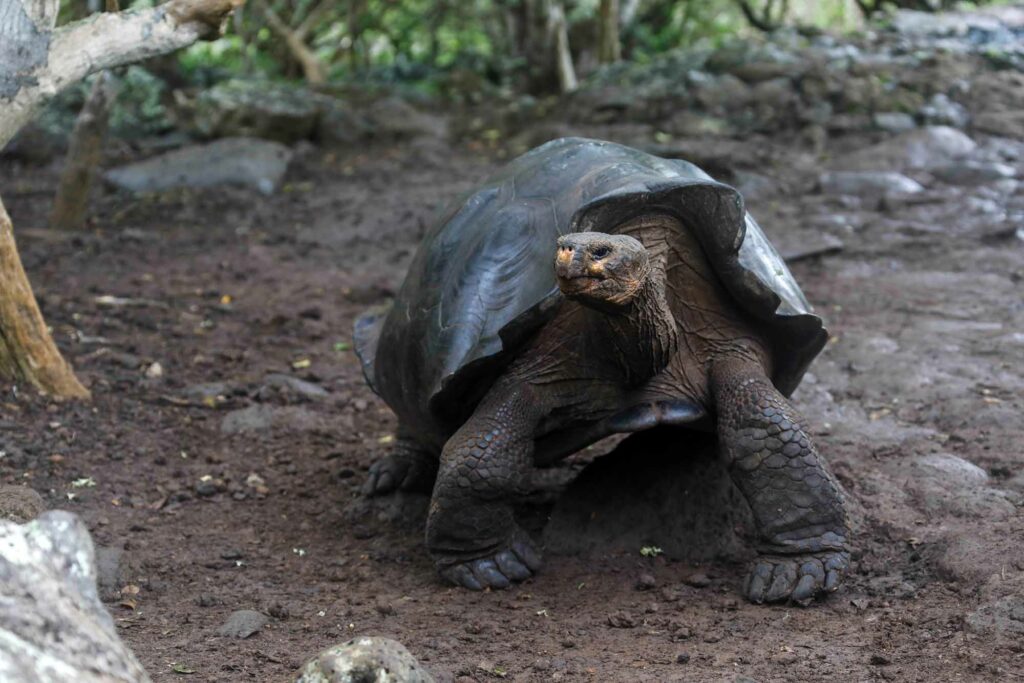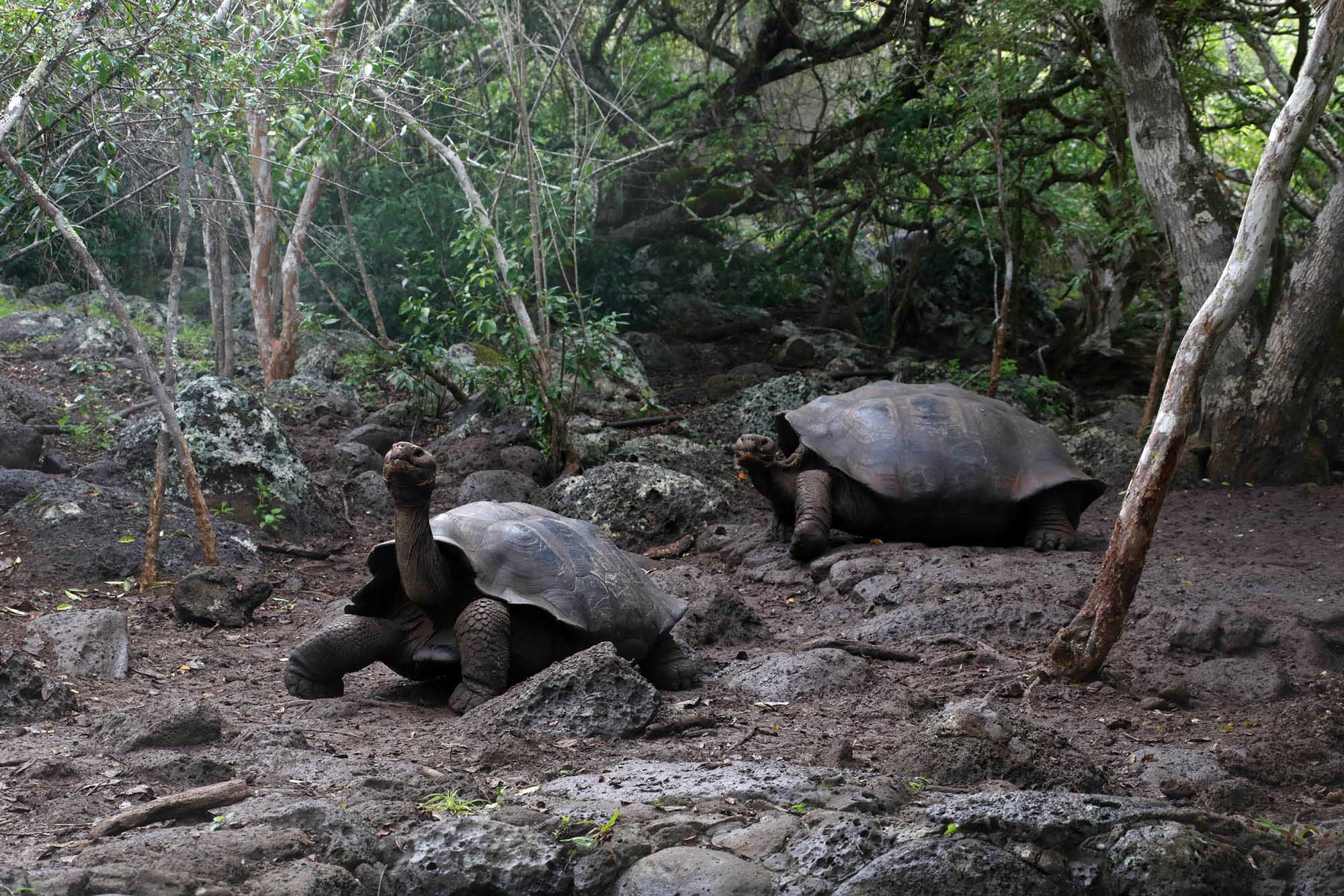Boffins have identified a new species of giant tortoise in the Galapagos Islands.
The species of giant tortoise that inhabits San Cristobal Island, which is the easternmost island in the archipelago, has until now been known as Chelonoidis chathamensis.
Studies carried out by Newcastle University, Yale University, the Galapagos Conservancy and other institutions now suggest that the giant tortoises genetically correspond to a different species and that Chelonoidis chathamensis actually went extinct at the beginning of the 20th century.

(Parque Nacional Galapagos/Newsflash)
The finding came about after researchers compared genetic material from the tortoises that currently inhabit the island with genetic material from the remains of the earlier tortoises.
Genetic studies of Galapagos giant tortoises began in 1995 and all surviving species had been described by the end of 1999, which is when the study of the extinct species began.
And researchers have now concluded that the nearly 8,000 tortoises that live on San Cristobal Island today cannot be Chelonoidis chathamensis but, in fact, correspond to a new, as yet undescribed, lineage.
It is believed that Chelonoidis chathamensis, which was described based on remains collected by the California Academy of Sciences in 1906, is now extinct and that the two species of turtle used to live side-by-side on the island.

(Parque Nacional Galapagos/Newsflash)
The researchers are now working on recovering more DNA from what they consider to be the extinct species to clarify their finding and to determine how the two species are related.
They have suggested that the name Chelonoidis chathamensis be assigned to the extinct species and that the living species be given a new name.
Details of the finding were obtained by Newsflash from Rosa Leon of the Galapagos National Park Directorate.
The Galapagos Islands are an archipelago of volcanic islands located in the Pacific Ocean, west of continental Ecuador.
They are known for their large number of endemic species that were studied by English naturalist, geologist and biologist Charles Darwin in the 1830s.



To find out more about the author, editor or agency that supplied this story – please click below.
Story By: William McGee, Sub-Editor: Joseph Golder, Agency: Newsflash
The Ananova page is created by and dedicated to professional, independent freelance journalists. It is a place for us to showcase our work. When our news is sold to our media partners, we will include the link here.




